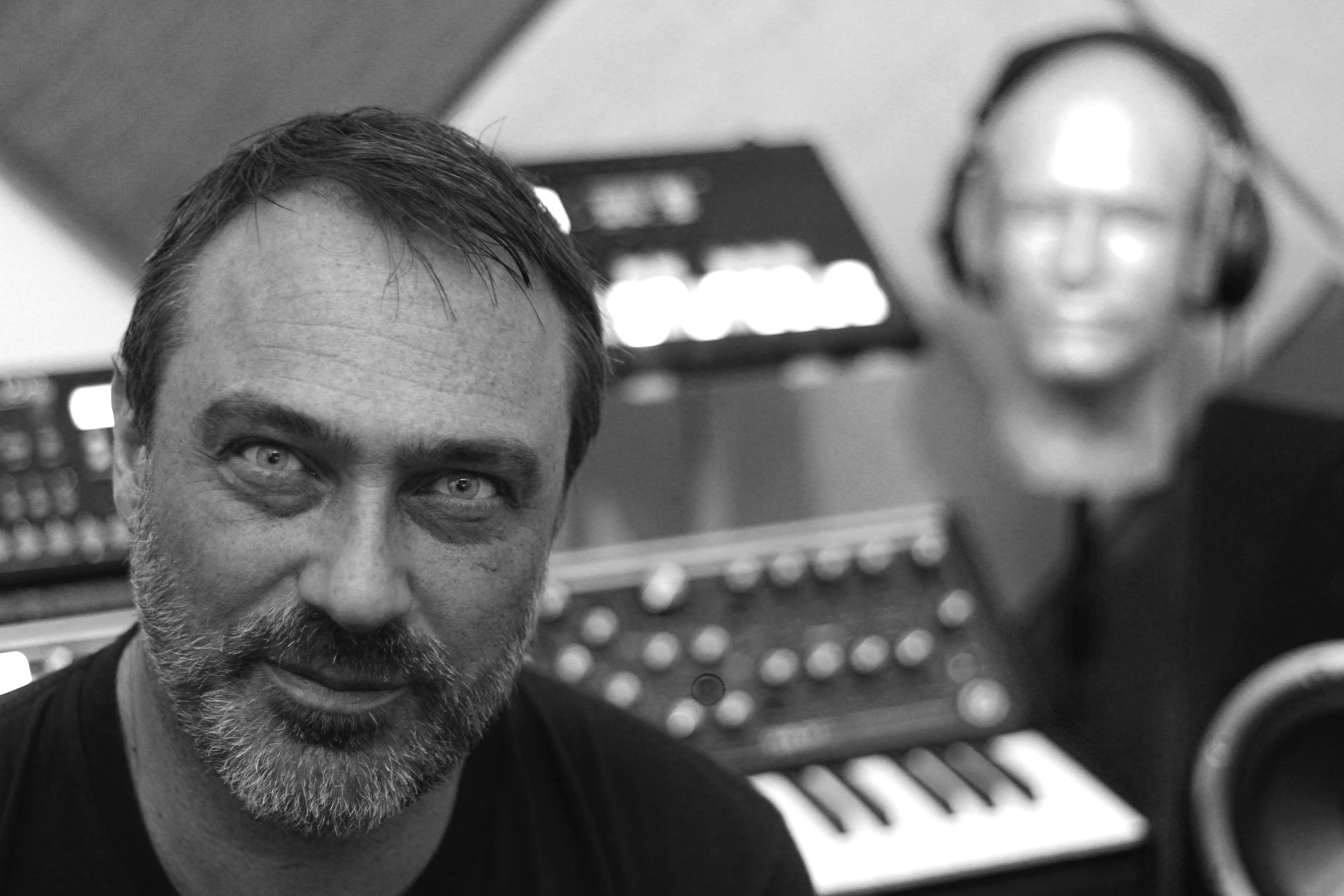Monday, April 20th, 2015

By Tim Hansen
On a bare hill overlooking the village of Burnley in Lancashire, England, stands the Singing Ringing Tree, an array of galvanised steel pipes stacked in a swirled sculpture to resemble a stylised broad-boughed tree. Standing alone on this otherwise empty hill it is visually striking enough, but it’s when the wind picks up that the Singing Ringing Tree’s true purpose is revealed. A haunting chorus of hollow, almost ghostly tones fills the air, making the open sky seem wider than before, stretching from horizon to horizon over a broad, clear landscape: the Tree and its disembodied chorus starkly underlines that, here, you are alone.
This concept of an artificial “sonic environment” was arguably born through the work of John Cage, perhaps the first and fiercest proponent of listening to one’s surroundings as music. His infamous 4’33” kickstarted a whole branch of composition where “non-musical” environmental sounds become an integral part of the piece.
British born John Keston is one Cage’s modern-day disciples. Cage had already been a longtime influence on Keston when he commenced his master’s program at Minneapolis College of Art and Design, but while at MCAD, Keston began to move beyond simply listening to his environments as sources of music and started considering them as collaborative partners. Armed with a synthesizer, he began to create a series of sonic environment duets.
“I started these duets close to home in Northeast Minneapolis,” explains Keston. “My neighborhood is crisscrossed with railways, rail bridges, and rail yards. I found that I could coax music from everyday ambiance by emphasizing rhythms and textures with a portable synthesizer.” Once he had exhausted the possibilities of his local neighborhood he began to search for, as he describes it, “more exotic locations”. This was how, in 2014, with the help of a grant from the Jerome Fund for New Music, Keston found himself seated at the foot of the Singing Ringing Tree, ready to create a series of new duets with his strange, lonely collaborator.
“I did not compose any music ahead of time,” says Keston. “I knew that I needed to experience the Singing Ringing Tree in the flesh to legitimately collaborate with it. The music from the Tree can change dramatically by the minute. On one of the five days I was there it was mute when I arrived. A few hours later it began to sing quietly as the wind picked up. My approach was to let myself react to what it did from one moment to the next. There was no way to direct my collaborator. This was liberating because I could only accept, appreciate, and respond to its performances.”
Keston’s sonic environment duets are especially unique to his practice due to a lifelong fascination with synthesizers. “When I was ten my Dad brought home two records by Isao Tomita: Firebird and Pictures at an Exhibition,” Keston recalls. “I was immediately fascinated by the sounds on the recordings. The album cover of Pictures at an Exhibition showed the room sized Moog modular synthesizer that Tomita was using. The images of the mysterious technology and the fantastic sounds spurred my curiosity. Later as a teenager living in the States I managed to buy my first synth; a Moog Rogue with a broken key.”
Today, synthesizers are an integral part of Keston’s practice, which draws from the gamut of music technology and new media. Keston also has a background in software development, enabling him to build software and hardware from scratch to serve his artistic goals. But his motivation for creating such work goes beyond artistic impulse: Keston believes his work serves to humanize music technology. Keston explains:
“If we are going to use technology to create art then I feel it is necessary to inject the human engagement of technology transparently into the work in order for it to reflect the contemporary human condition. If not, then the art might be mistaken for art created by machines rather than art created by humans with the aid of machines. Don’t get me wrong. I am fascinated by algorithmic music, and the idea of art created by artificial intelligence. I look forward to experiencing art that is fashioned entirely by AI. Duets with the mechanical environments we live in using electronic devices to mimic or contrast the sonic landscape reflects the ongoing amalgamation of people with technology.”